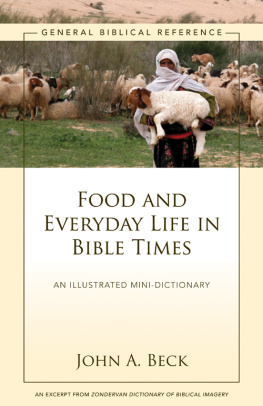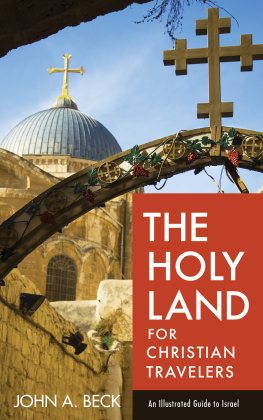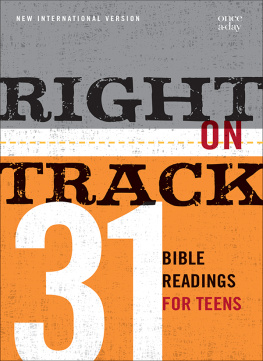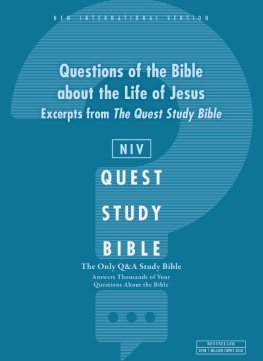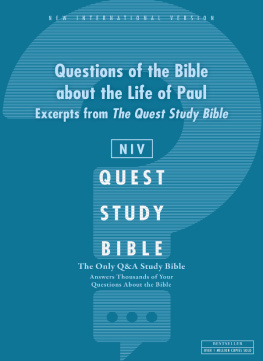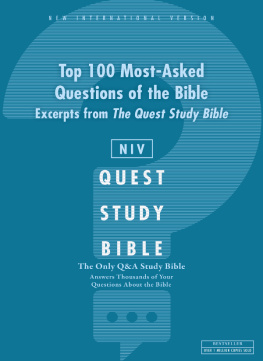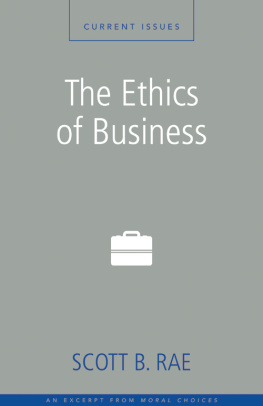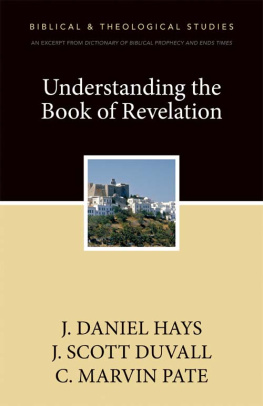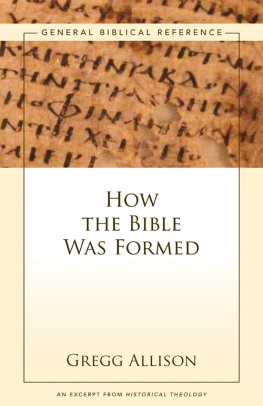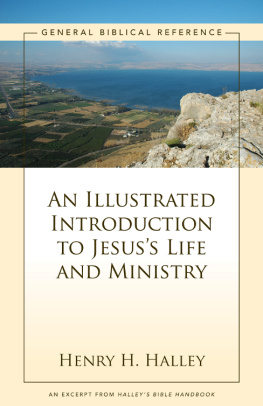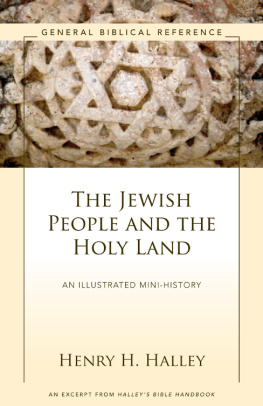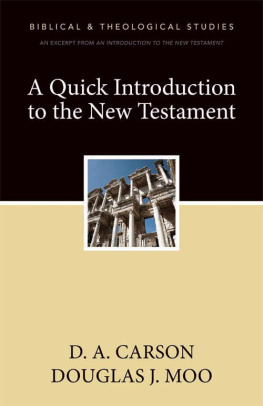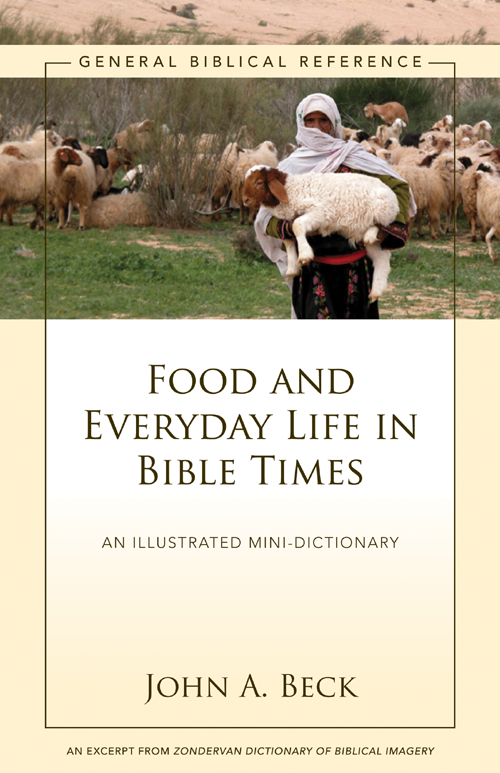J. Daniel Hays, J. Scott Duvall, and C. Marvin Pate
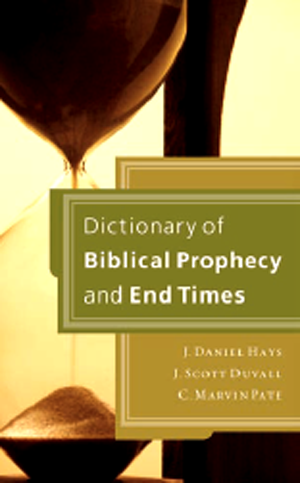
All you ever wanted to know about biblical prophecy from A to Z, the Dictionary of Biblical Prophecy and End Times is a comprehensive reference tool. It is written for those who truly desire to understand prophecy and the end-times. Starting with Abomination of Desolation and continuing through hundreds of articles until Zionism, this book provides helpful and interesting discussions of the entire range of biblical prophecy, all at your fingertips.
This exhaustive work contains articles on a broad sweep of topics relevant to the study of biblical prophecy and eschatology. The articles are based on solid scholarship, yet are clear and accessible to the lay reader, illuminating even the most complicated issues. The authors balance their presentation by laying out differing positions along with each positions strengths and weaknesses. They do not push any specific theological or interpretive agenda, but have a firm commitment to seeking to understand the Scriptures. This is a valuable tool you will refer to time and again.
Available in stores and online!

Revised and Updated Edition
Larry A. Nichols, George A. Mather, and Alvin J. Schmidt

Up-to-date, well-documented, comprehensive coverage of cults, sects, and world religions, from the historical to the contemporary including: Jehovahs Witnesses, Mormons, Islam, and Bahai and other groups with a significant North American influence.
REVISED, UPDATED, AND EXPANDED TO INCLUDE NEW ENTRIES AND NEW INFORMATION
- Updated information on Islam and its global impact
- New entries: the Branch Davidians, Native American religions, Heavens Gate, Aum Supreme Truth, the Boston Movement, the Masonic Lodge, and many others
- Developments in the world of cults and the occult
Formerly titled Dictionary of Cults, Sects, Religions, and the Occult, this book provides reliable information on the history and beliefs of nearly every form of religion active today. This extensively revised edition includes new topics, updated information, and a brand-new format for a clearer, more organized approach. You will also find group histories, numerous illustrations, charts, current statistics, websites, bibliographies, and other useful information.
Available in stores and online!

J. D. Douglas and Merrill C. Tenney; Revised by Moiss Silva
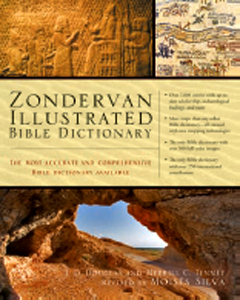
The Zondervan Illustrated Bible Dictionary provides a visually stimulating journey for anyone interested in learning more about the world of the Bible. Through the articles, sidebars, charts, maps, and full-color images included in this volume, the text of the Old and New Testaments will come alive for you as never before.
As a condensation of the recently updated Zondervan Encyclopedia of the Bible, the information contained within this reference work is solid and biblically sound. The material contains over 7,200 entries; 500 full-color photographs, charts, and illustrations; 75 full-color maps; and a Scripture index making this wonderful Bible study resource a must-have whether you are a general reader of the Bible, a pastor, or a student.
Available in stores and online!

GENERAL BIBLICAL REFERENCE
F OOD AND
E VERYDAY L IFE IN
B IBLE T IMES
AN ILLUSTRATED MINI-DICTIONARY
J OHN A. B ECK
AN EXCERPT FROM ZONDERVAN DICTIONARY OF BIBLICAL IMAGERY

For Marmy,
my soul mate and coadventurer

Contents
Why should you take the time to learn more about the culture and land of the biblical world when you find yourself overwhelmed by the increasing complexity of your own world? The answer is simple: doing so will revolutionize what you see when reading your Bible.
As the Holy Spirit led the inspired authors of the Bible to write, he also led them to fill the pages of the Bible with vibrant images drawn from the culture, natural history, and landscape around them. Using such vivid imagery as looms, donkeys, water cisterns, grapes, sackcloth, and shepherds makes what they say both more beautiful and more memorable. These images stimulate our imagination, animate our interest, and make the abstract clearer. In short, the biblical authors used the reality around them to enhance the rhetorical impact of what they wrote.
Unfortunately, the full impact of this imagery can be lost on modern readers. Just as the ancients knew nothing of iPhones and airplanes, modern readers are likely to know next to nothing about threshing sledges and desert locusts. What is more, we are in the dark about the connotations that attend such cultural images. What did a threshing floor look like, and how did it function? What habits of the fox distinguished it from other predators? What is it like at the Dead Sea or in the Jezreel Valley? The biblical authors knew the answers to such questions, and they presumed their readers did as well. To the degree that we have lost touch with the culture, natural history, and landscape of Bible times, we will miss some of what God wishes to share with us in his Word.
This dictionary attempts to fill that gap in our understanding. Each entry focuses on a particular biblical image, starting with the reality that lies behind the word. Appearance, distinctive characteristics, and cultural use are addressed, using clear descriptions, photographs, and maps. Each entry also investigates the cultural connotations linked to the image, recognizing that a particular image may arouse an emotional response from one who sees it or hears it mentioned. At times the connotation of a familiar image may solicit exactly the opposite response from us that it did from the ancients. For example, dogs, which are likely to stimulate very positive feelings in us, generated very negative feelings in ancient Israel. Once both the reality of an image and its connotations are presented, the entry then surveys the use of that image in the Bible to illustrate how it is put to work by the divine wordsmith.
As you take time to learn about ancient culture, your Bible reading will radically change. You will know why Gods people kept goats and why the goat became the symbol of the lost. You will know why Jesus called Herod a fox and how the Mount of Olives contributed to Jesus struggle in prayer. You will know why people mixed salt with manure and appreciate why Jesus called for us to become the salt of the earth. Expect new insights each time you turn the page in this book insights that will forever change the way you interact with the pages of your Bible.

